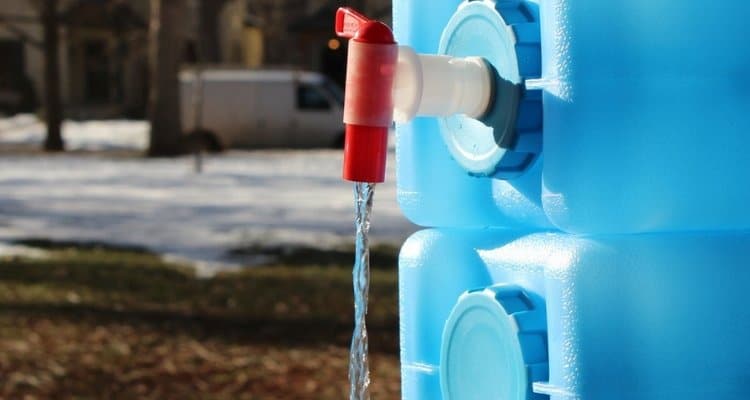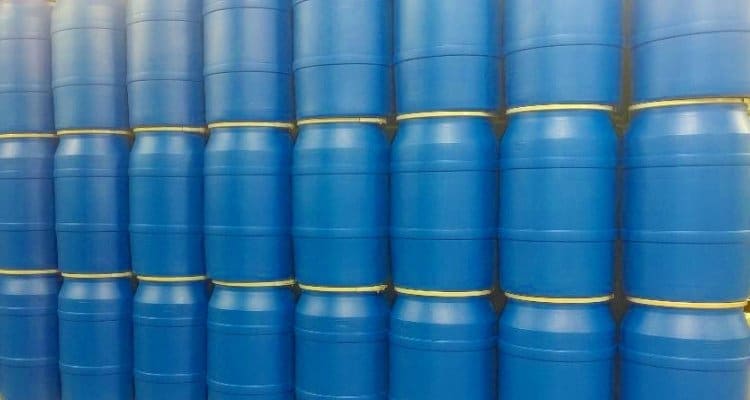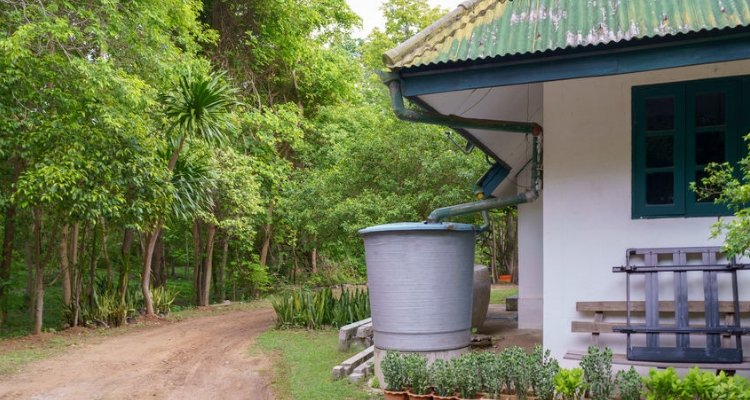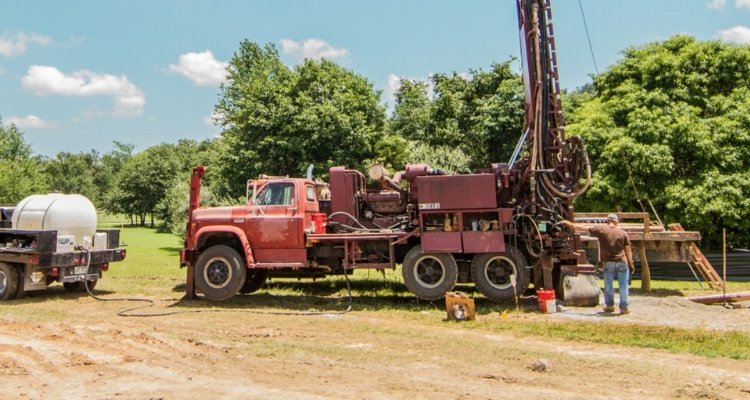Drinking water is the single most consistently found item in every survival kit, be it short-term or long-term. We can survive for extended periods without food and even with limited shelter. But we are living on numbered hours if we are without a reliable water source.
So it’s well established that we should maintain a good supply of drinking water for disasters. But there are several problems with storing water.
First, it’s bulky. A gallon of water occupies 231 cubic inches, so supplying a gallon per person, per day for a family of four would gobble up almost eight cubic feet, based on two weeks’ worth of water. The bigger the family and the longer the disaster, the more of your home is used up with water. There are solutions such as the Water Bob, that allows you to store water in a bathtub, but you need a few minutes notice in order to really take advantage of it (like a hurricane situation for instance).
Second, it does get stagnant. Store water for up to six months before replacing it. Even in clean containers and with a slight treatment of bleach, water can become bacteria-laden and unsafe.
So here you are, aware that there’s no city water available and having to come up with four gallons of potable water every day. What are your options for other sources?
There are options for using water from dehumidifiers or from the condensate pump that keeps your HVAC dry and happy. But these sources are limited and can be difficult to sanitize. You’ll certainly want those two devices in your home to maintain proper humidity, but they’re not geared for drinking water use.
It’s actually fairly easy to establish a grid-independent water source. The expense of a well or cistern can be prohibitive, but capturing rainwater, runoff, or water from a stream or pond can provide a source of water that will continue to exist just as long as rain can be had.
The best way to avoid the fluctuations of nature’s provision is to do your own version of what municipalities do. Many city water systems don’t rely on a flowing water source alone. They instead stockpile it in a reservoir or lake so that there is a backup supply if precipitation ceases.
So creating a pond, even a fairly small one, can provide a surprising amount of water for you. Ponds are generally measured in acre-feet, a unit that denotes enough water to cover a one-acre area to a depth of one foot. That’s 43,560 cubic feet of water, or 325,000 gallons. So even on a small scale–perhaps even a swimming pool–that’s a phenomenal amount of water.
The major provision you need for this type of water supply is pumping capability, plus power for the pump. There are a variety of pumps available out there, including some that can draw water down to a very low level.
And most likely, you’ve already included a generator in your plans. It will require only small amounts of electricity, on an infrequent basis, to keep your water flowing.
So with a good plumbing job, you can shut off the water meter and backflush through an outdoor spigot to pressurize your home’s pipes with no off-site water. That means water in all the usual places with no reliance on your municipality.
Water is critical for life. Don’t be content with shelves full of old milk jugs brimming with stockpiled city water. Create a sustainable source that keeps your home functional.




































